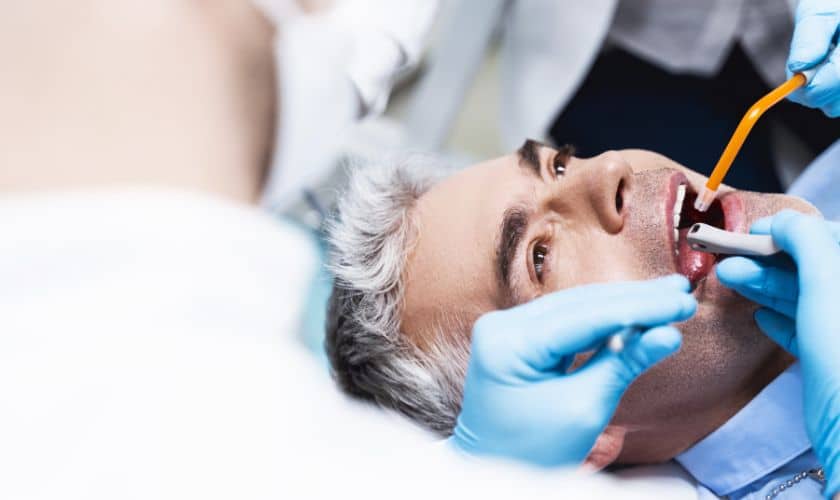Root Canal Therapy (RCT) has long been associated with apprehension and myths about pain. However, advancements in modern dentistry have transformed this essential procedure, making it more efficient, comfortable, and successful. Let’s unravel the art of precision that defines contemporary Root Canal Therapy.
Advanced Imaging for Accurate Diagnoses
Modern dentistry relies on advanced imaging technologies such as cone-beam computed tomography (CBCT) to obtain detailed 3D images of the tooth’s structure. This enhanced diagnostic capability allows dentists to identify infections, fractures, or other issues with precision, ensuring a targeted approach to root canal treatment.
Rotary Instruments for Efficient Cleaning
Gone are the days of manual files for root canal cleaning. Rotary instruments, powered by electric or air-driven motors, enable dentists to navigate the root canals more efficiently. This technology ensures thorough cleaning and shaping, reducing the risk of reinfection and enhancing the overall success rate of the procedure.
Apex Locators for Pinpoint Accuracy
Determining the exact length of a tooth’s root canal therapyroot canal therapy is crucial for successful treatment. Apex locators, another modern innovation, provide real-time measurements, guiding dentists to the precise working length. This accuracy minimizes the risk of overfilling or leaving infected tissue behind, improving the overall quality of root canal therapy.
Laser Technology for Disinfection
Laser technology has found its way into root canal therapy, offering a minimally invasive and highly effective method for disinfection. Lasers can target and eliminate bacteria within the root canal system while preserving healthy tissue. This precise approach reduces discomfort, accelerates healing, and enhances the long-term success of the procedure.
Biocompatible Materials for Sealing
The materials used for sealing the root canal have also evolved. Biocompatible sealants, such as gutta-percha, provide an effective barrier against reinfection. These materials are well-tolerated by the body and contribute to the long-term stability of the treated tooth.
Digital Impressions for Restorations
Digital impressions have streamlined the process of creating restorations for teeth treated with root canal therapy. Dentists use intraoral scanners to capture accurate images, eliminating the need for messy traditional impressions. This modern approach ensures the precise fit of crowns or fillings, enhancing both aesthetics and functionality.
Conclusion
Modern dentistry has elevated Root Canal Therapy to an art of precision, reshaping the patient experience and outcomes. From advanced imaging for accurate diagnoses to rotary instruments, apex locators, laser technology, biocompatible materials, and digital impressions, every aspect of the procedure has undergone refinement.
As a result, patients undergoing root canal therapy can expect a more comfortable and efficient process, with a higher likelihood of preserving the natural tooth. The integration of these modern techniques showcases the commitment of dental professionals to providing quality care that is both effective and patient-friendly.
In conclusion, the evolution of Root Canal Therapy in modern dentistry reflects a dedication to precision, efficiency, and patient well-being. With advanced tools and techniques, dentists can navigate the intricate root canal system with unparalleled accuracy, ensuring optimal oral health for their patients.

